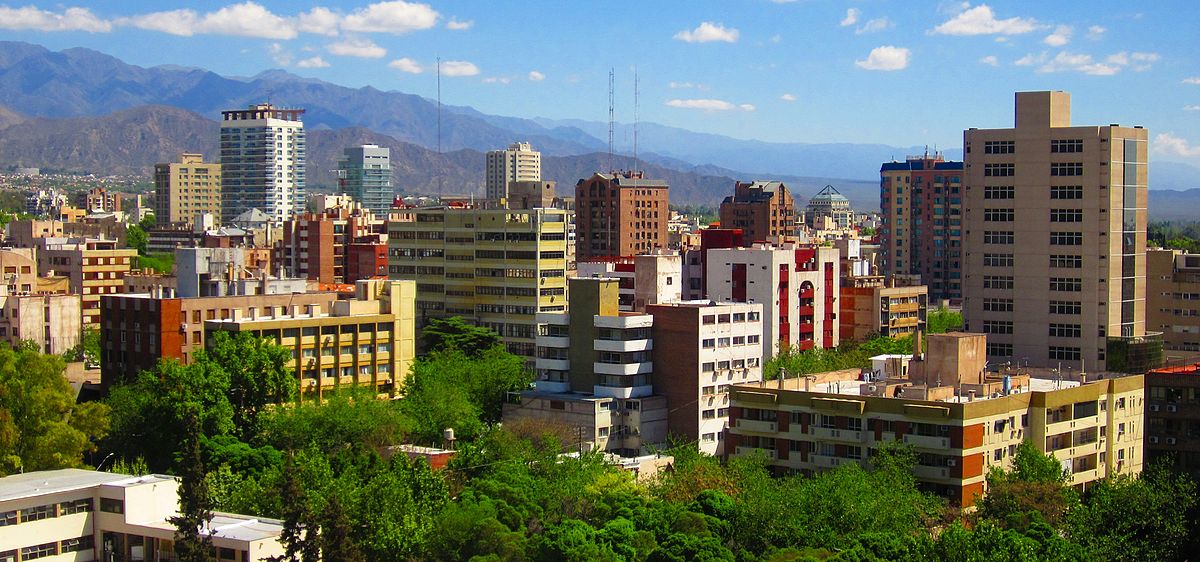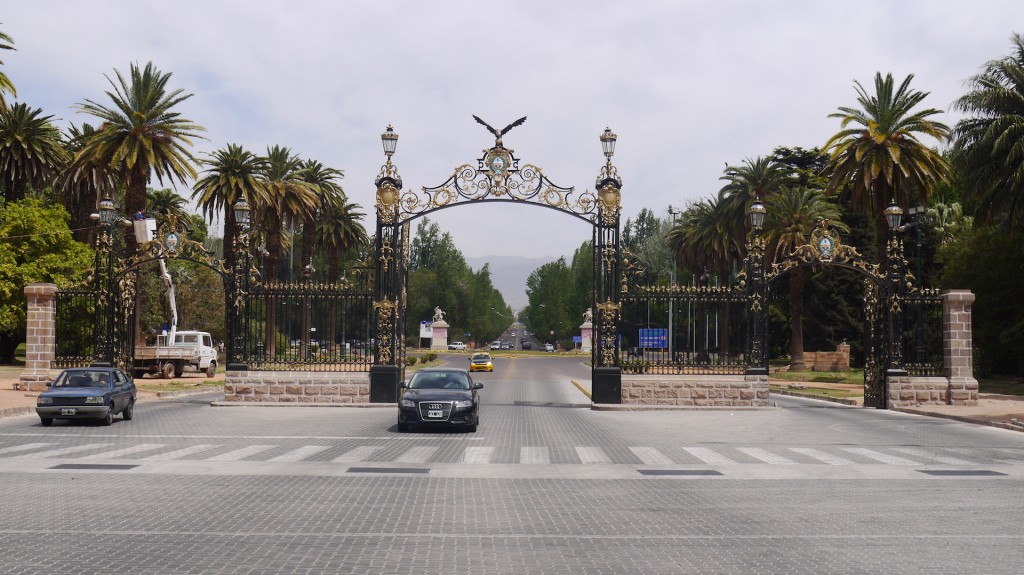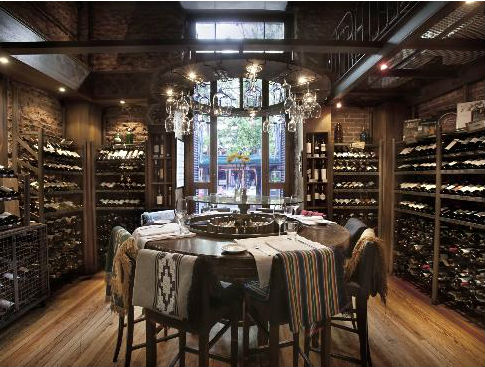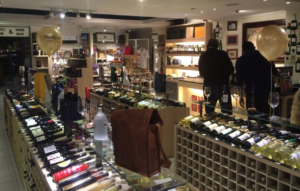A bird’s view of modern day Mendoza shows a suburban growth all around it moving into green vineyards alongside mountains and smaller outlying towns. After the city was flattened in the devastating 1861 earthquake, it was rebuilt by French architect Carlos Thays (the same man who designed most of Buenos Aires’ parks), who planned it with wide, tree-lined avenues and a massive park (Parque San Martin) that makes Mendoza the emerald city of Argentina, and one of the cleanest cities in the country.
Nowadays the city relies on wine, olive oil and fruit production as well as some more lucrative industries like drilling for oil and uranium. Tourism is also a big industry for the city and the constant influx of foreign tourists, and foreign wine and mining specialists, has dramatically changed Mendoza over the last decade from a more closed, mountain community to an increasingly cosmopolitan city. The restriction on imports however has stunted its development and is a growing frustration for many living and working in the country.
While most economic crises are certainly a bad thing, in some ways the crisis in 2000 actually improved Argentine wine. While it was a time of suffering for Argentines, some opportunistic foreign companies took advantage of the relatively cheap land prices and saw the crisis as an opportunity to invest in wine projects in Argentina. As the economy has (sort of) recovered, the impact of foreign wineries is certainly a positive one in improving the overall quality, education and diversity of winemaking in Argentina. Every cloud has a silver lining!






